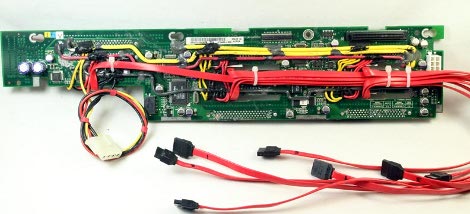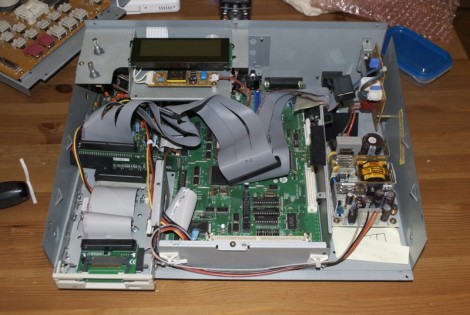
The problem of persistent and reliable storage plagues us all. There are a myriad of solutions, some more expensive than others, but a dedicated and redundant network attached storage solution is hands down the best choice for all problems except natural disaster (ie: fire, flood, locusts) and physical theft. That being said, the issue of price-tag rears its ugly head if you try to traverse this route.
[Phil’s] had his mind stuck on a very large NAS solution for the last ten years and finally found an economical option. He picked up a powerful motherboard being sold as surplus and a server enclosure that would play nicely with it. It came with a backplane for multiple hard drives that utilized SCSI connections. The cost and availability of these drives can’t compare to the SATA drives that are on the market. Realizing this, [Phil] completely reworked the backplane to make SATA connections possible. It’s an intense amount of work, but there’s also an intense amount of documentation of the process (thank you!). If doing this again his number one tip would be to buy a rework station to make it easier to depopulate the connectors and extraneous parts from the PCB. Since he needs to keep using the board, the old blow-torch trick is out of the question.










